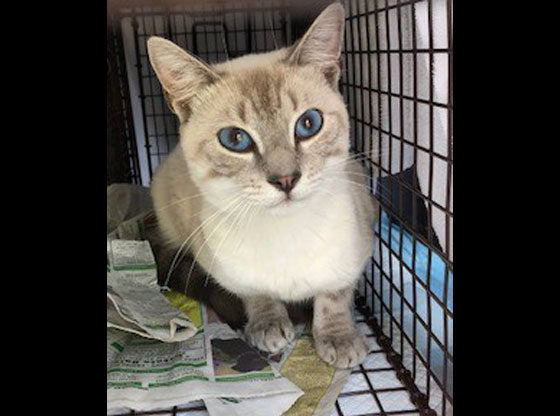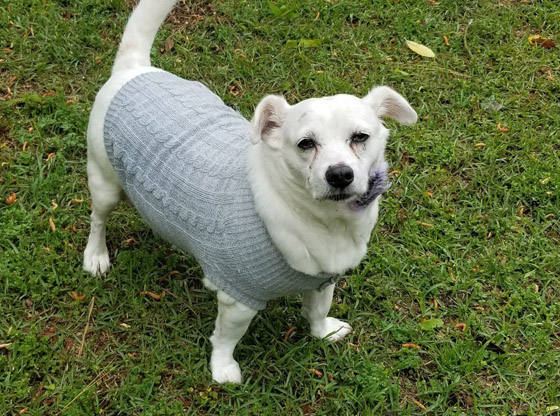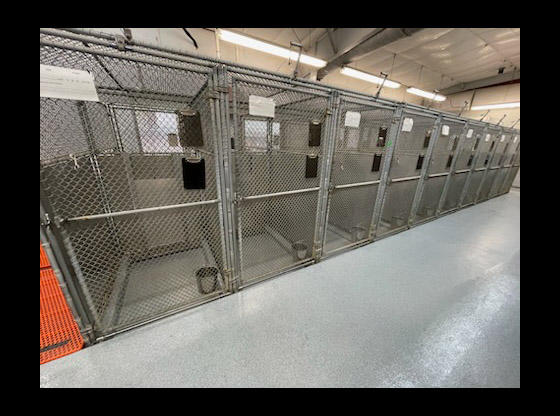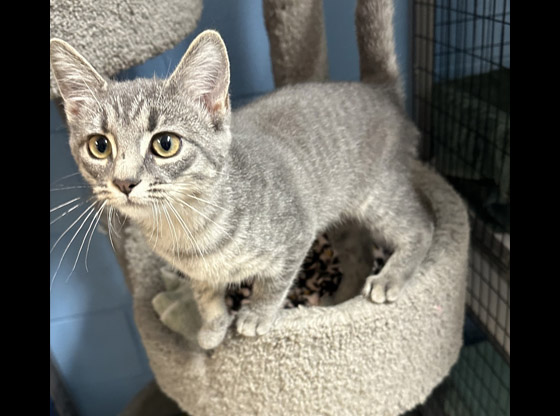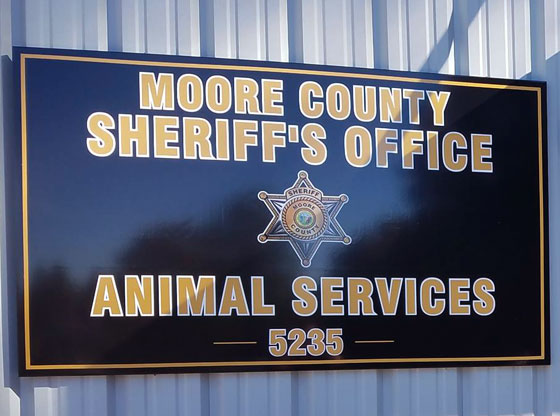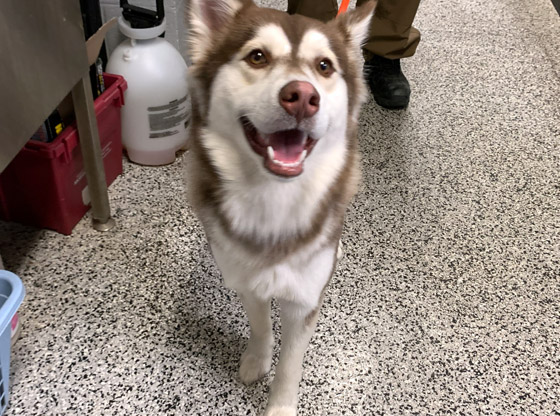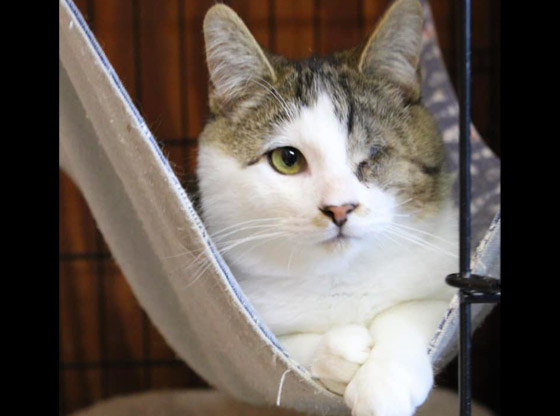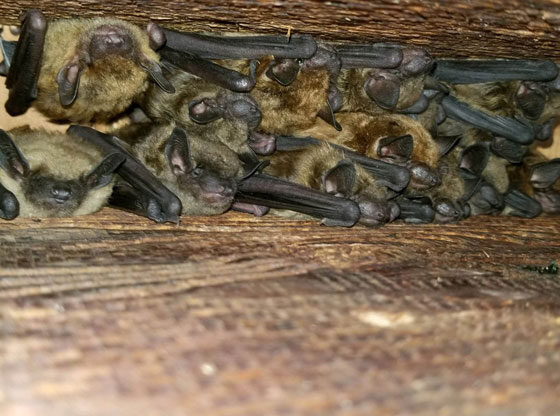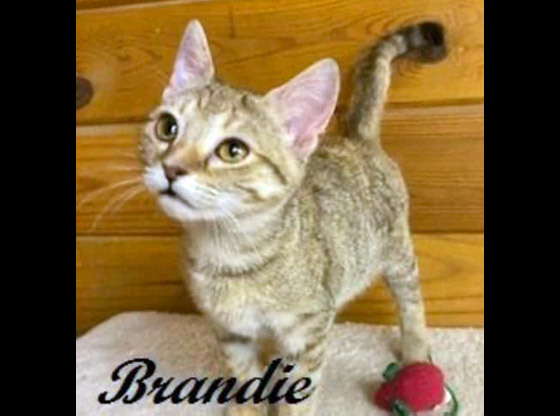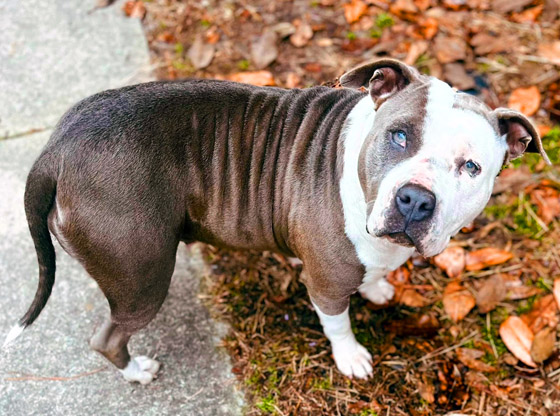Sandhills Cat Coalition announced they received a $3,000 spay/neuter grant from the Two Mauds Foundation.
The Two Mauds is a private foundation founded by Dallas Pratt (1914-1994), an heir to an oil industry fortune. He was a staunch believer in animal welfare and the human-animal bond. Pratt was very precise and specific in that he wanted the foundation to support smaller organizations that implement innovative programs that directly prevent or alleviate the suffering of animals.
Sandhills Cat Coalition is just that—a small, volunteer-based, Trap/Neuter/Return organization. The over-population of neighborhood, stray and feral cats in our area creates heartbreaking scenes of dumped kittens, and sick or injured animals wandering our streets and rural areas.
According to the North Carolina Department of Agriculture, the 2018 euthanasia rate for cats at the Sheriff Department’s Moore County Animal Services shelter was 52% and the euthanasia rate is projected to be even higher in 2019. This is a deplorable fact, and one that requires citizens and county government to promote prevention through humane spay/neuter.
WHAT IS TRAP/NEUTER/RETURN?
In a Trap-Neuter-Return (TNR) program, cats are humanely trapped, brought to a veterinarian to be spayed or neutered, vaccinated, ear-tipped (the universal sign that a community cat has been neutered and vaccinated), and then returned to their outdoor home.
TNR improves the lives of cats, addresses community concerns, reduces complaints about cats, and stops the breeding cycle. TNR also improves the co-existence between outdoor cats and humans in our shared environment. This is why forward-thinking communities are adopting TNR.
Frontiers Veterinary Humanities and Social Services recently concluded their ten-year study on the effectiveness of feral and stray cat control. They tested and compared seven common methods.
According to the study, free-roaming cat populations that were managed by high-intensity TNR resulted in the fewest preventable cat deaths and the greatest reduction in overall population.
“Sadly, many communities still opt to do nothing to control populations of community cats. Or they use outdated, ineffective methods such as sporadic trapping and removal. This research confirms that high-intensity TNR is the most effective, humane way to stabilize a population of community cats and, over time, reduce them,” — Margaret Slater, DVM, PhD, Senior Director of Research at the ASPCA and co-author of the study,
This is incredible news and validates what cat advocates have known for a long time—that dedicating time and resources to TNR is not in vain and that every cat sterilized makes a difference.
“In 2019, our team spay/neutered 205 cats, and in 2020 our goal is to fix and vaccinate 250 or more,” said Deb Smith of Sandhills Cat Coalition. “As a nonprofit, we raise funds in multiple ways: directly from the public in the form of donations, from businesses, and from grantors like the Two Mauds.
“This grant will allow us to spay and vaccinate 44 female cats. If those cats had 2 litters each in a twelve-month period, that would be approximately 350 new, homeless kittens in our community. Not to mention all the kittens the kittens would produce. Cats are prolific reproducers—to lower the cat intake and euthanasia rates at our county shelter, we have to prevent more cats being born.”
To learn more about how you can be part of the solution, by volunteering or donating, visit http://www.sandhillscatcoalition.com or follow them on Facebook. They are a 501(c)(3) nonprofit corporation.
Courtesy Feature photo: Mark, a beautiful working barn cat, in a humane trap going to the vet for neutering and rabies vaccination.
Contributed


